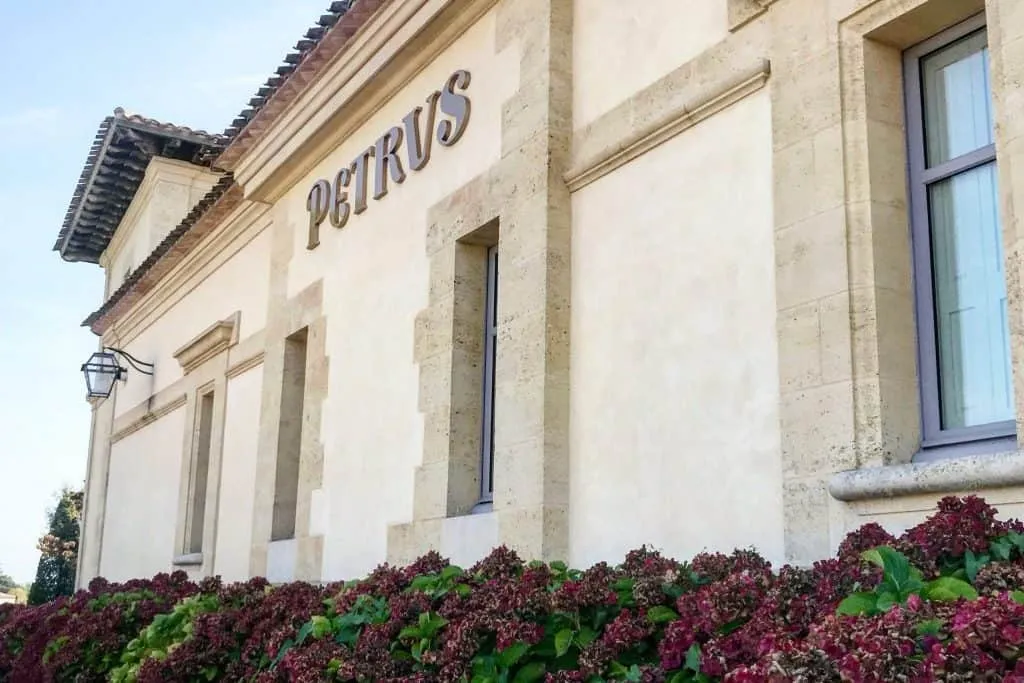September 7, 2024
Bordeaux 2017: Vintage Report

The Bordeaux 2017 vintage is one that has garnered a mixed reception, largely due to the weather challenges that affected the growing season. While it may not have reached the heights of exceptional years like 2015 or 2016, many producers have crafted wines that showcase the unique character of their terroir. This report explores the growing conditions, harvesting practices, and the resulting characteristics of the wines from this vintage.
Bordeaux 2017 Growing Conditions
The 2017 growing season in Bordeaux began with a wet winter, which helped replenish soil moisture. However, the spring brought significant challenges, including a devastating frost event in late April that affected many vineyards across the region. Some producers reported losses of up to 50% in certain areas, particularly in the early-budding varieties like Merlot. This frost led to careful vineyard management as growers sought to mitigate the impact on their crops.
Despite these challenges, the summer months were relatively warm and dry, allowing the remaining grapes to ripen well. Timely rainfall in August provided essential hydration, which was crucial in maintaining vine health and supporting the ripening process. Jane Anson noted, “The season had its trials, but the resulting wines are surprisingly elegant and reflective of the terroir.”
Harvesting and Winemaking Practices
Harvesting in Bordeaux typically occurs from late September to early October, and in 2017, producers approached the process with a mix of caution and optimism. Many vineyards employed selective picking methods to ensure that only the highest quality grapes were harvested. Rigorous sorting processes were implemented to eliminate any fruit affected by frost damage.
The winemaking process in Bordeaux remains deeply rooted in tradition, with many producers opting for small batch fermentations to highlight the unique characteristics of each vineyard. Robert Parker's Wine Advocate praised the commitment to quality, stating, “Producers adapted to the challenges of the vintage, showcasing a deep understanding of their terroir.” This adaptability ensured that the resulting wines reflected the character of the vintage while maintaining the estate's signature style.
The blending process is essential in Bordeaux, where Merlot, Cabernet Sauvignon, and Cabernet Franc dominate. The 2017 vintage revealed a promising balance among these varietals, with Merlot showing its plushness and richness, while Cabernet Sauvignon provided structure and depth.
Tasting Notes and Wine Characteristics
The wines from the 2017 vintage are noted for their elegance and drinkability, displaying a balance of fruit and acidity. The reds are characterised by bright red fruit aromas, with cherries, raspberries, and subtle spice notes coming to the forefront. Critics from Vinous remarked on the “freshness and precision” present in the wines, highlighting their finesse.
In the white wine category, Sauvignon Blanc and Sémillon shine, with the 2017 whites displaying zesty citrus notes, floral aromas, and a refreshing minerality. Decanter noted the whites for their “vibrant acidity and complexity,” making them appealing options for immediate enjoyment or ageing.
Critical Reception
Initial tastings and evaluations of the 2017 Bordeaux wines have yielded a spectrum of opinions. While some estates have struggled to achieve the same level of acclaim as previous outstanding vintages, others have crafted wines that have received commendable scores. This year has revealed a unique character that reflects the challenges faced during the growing season.
James Suckling highlighted that “the 2017 vintage has produced wines that, while not universally exceptional, are enjoyable and well-balanced.” With an increasing focus on sustainable practices, many producers are also prioritising organic and biodynamic methods, further enhancing the region's reputation for quality.
Key Highlights
- A wet winter followed by a frost event in April posed significant challenges for growers.
- The summer months allowed for healthy grape ripening, aided by timely rainfall in August.
- The vintage is characterised by elegance and drinkability, with both reds and whites showcasing vibrant fruit and balance.
Bordeaux 2017 may not be considered a legendary vintage, but it has produced a selection of wines that are both enjoyable and reflective of the region's terroir. As these wines continue to evolve, they offer a unique perspective on the challenges and triumphs of Bordeaux winemaking.
